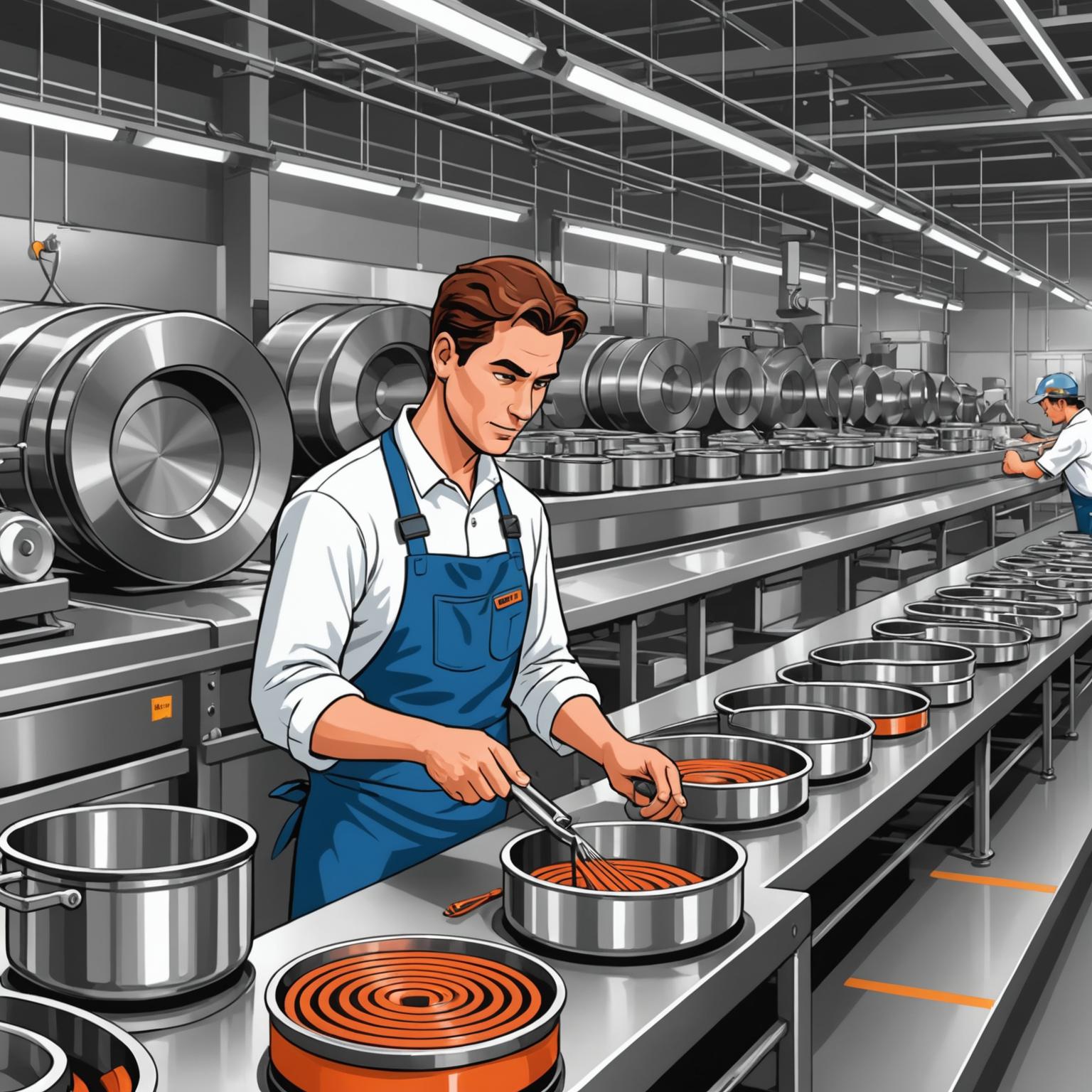1. Common materials for stainless steel tableware
Stainless steel tableware is mainly usedFood grade stainless steel, common models include:
-
304 stainless steel(18/8 stainless steel): Contains 18% chromium and 8% nickel, has strong corrosion resistance, and is suitable for daily tableware.
-
316 stainless steel(Medical grade stainless steel): contains 2% molybdenum, has stronger corrosion resistance, and is suitable for high-salt and high-acid environments.
-
201/430 Stainless Steel: It contains more manganese and has poor corrosion resistance. It may release metal ions after long-term use.
✅Safe selection: Priority is given to 304 or 316 stainless steel to avoid inferior 201/430 material.
2. Will stainless steel tableware harm health?
(1) Safe under normal use
-
Stainless steel tableware that meets national standards (such as GB 4806.9-2016) will not release harmful substances when storing hot and cold food.
-
Chromium and nickel are present in trace amounts in the human body, and the release amount of 304/316 stainless steel is much lower than the safety limit.
(2) Potential risk situation
-
Long-term foods for strong acids/strong alkalis(such as vinegar, lemon juice, salted food) may lead to trace precipitation of metal ions.
-
Low quality stainless steel(For example, 201 stainless steel containing too high manganese) may release harmful metals, which is unfavorable for long-term intake.
-
Scratched or corroded tableware: After the surface is damaged, the risk of metal leakage increases.
⚠️Notice: People with nickel allergies should avoid using stainless steel tableware, or choose 316 medical grade stainless steel.
3. How to safely use stainless steel tableware?
-
Avoid storing acidic/salty foods for a long time(such as vinegar, soy sauce, pickled vegetables).
-
Do not use steel wiping balls or strong detergents to scrub, so as not to damage the surface oxide layer.
-
Check the tableware status regularly, scratches or rust spots should be replaced in time.
-
When purchasing, please recognize the "Food Grade 304/316" logo, avoid three products without any products.
4. Stainless steel vs other materials tableware
| Material | Security | Pros and cons |
|---|---|---|
| 304/316 Stainless Steel | ✅ High | Durable and easy to clean, but not to contain strong acid foods |
| Ceramics/Glass | ✅ Extremely high | Safe but shattering |
| Plastic (PP/Tritan) | ⚠️ Medium | Lightweight but not resistant to high temperature |
| Aluminum tableware | ❌ Low | Long-term use may affect the nervous system |
in conclusion
Qualified stainless steel tableware (such as 304/316) is harmless to the human body under normal use, but avoid placing strong acid foods and purchasing inferior products. Proper use and maintenance ensures its safety and durability.









